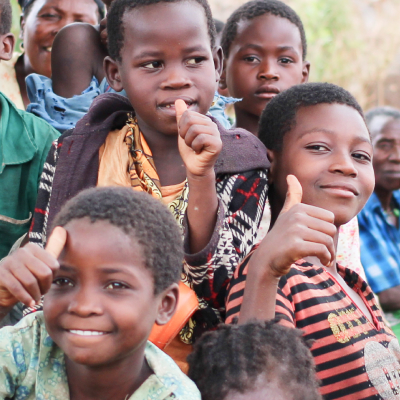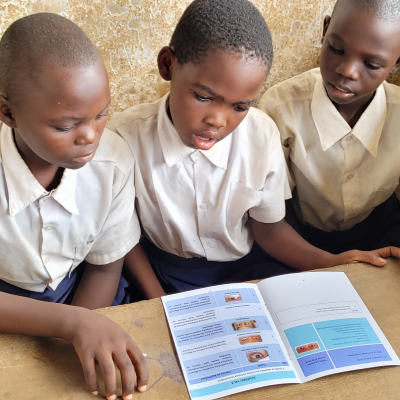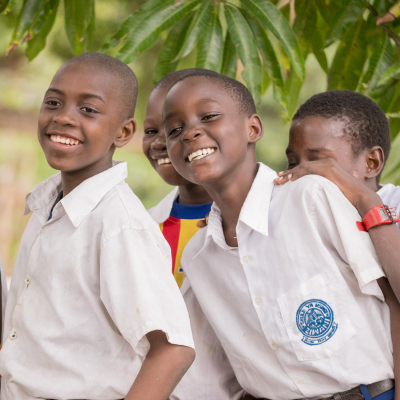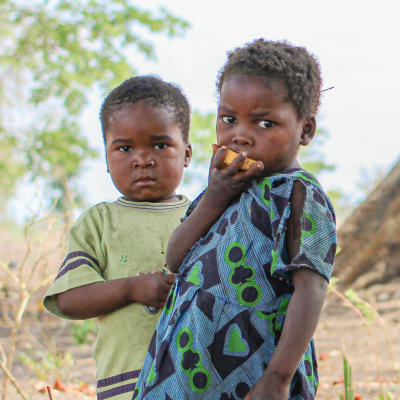Heart to Heart Foundation supplied solar lamps to the Philippines
Pulo, a poor village in the Philippines, was supported solar lamp two years ago
Due to this effort, four female students were able to entered college by night study
And night-time fishermen were able to sail safely and repair theirnets
Bang Bang Bang… There were thundering noises over the village and it wasas though ten tanks blasted their guns all at once.
It was a particularly large sound, for thetranquil night. They said that “it’sa sound it makes when they test the generator.”
A large restaurant at the entrance of the village has lighted up. It was the only place in the village with electric light.
For each and every household in the village as well as the streets were lighted up by solar lamps.
This place is pulovillage in Navotas city, one of the four poorest areas located in Manila Philippine.
In March 2011, Heart to Heart Foundation supplied 80 solar lamps to 100 households.
Now, three years after the provision, how have their lives been changed?
◇ Advent of four newly admitted college female students due to sunlight lamp
Four young Pulo women were accepted to college this year. Four womencollege students appeared at the same time from a poor seashore village with past only having two people being able to attend college.
On17thof last month, Maira (17, Navotas University Pedagogy) said, “Unlike children using kerosene lamps, children using solar lampscould better to their work at night. She studied for two hours every evening and maintained third place among 46 classmates. Her mother has worked as a housekeeper in Saudi Arabia since 2010. Maira says “she wants to gain money from abroad and to open a restaurant with her family.” Mini Bilanueva (16, Navotas University Pedagogy) says “Reading books close to kerosene lamp hurt my eyes, but it was great for me to study with solar lamps and my father repairs fishing net at night.
Princess Intto(16, Navotas University Pedagogy), living with a mother who runs a small store and three younger siblings says proudly “her average score was improved to three points after using the sunlight lamp.”
“I had to stop reading every time mother brings the kerosene lamp toprepare meals or when my young brothers take it to restroom. However, solarlamp is convenient because it hangs on the ceiling and every family members can use it together.”
Reinaline Della Cross (16, Navotas University Computer engineering) says “Every morning, any first rise up family member puts the solar lamp outside to charge it. If it rains, they initially avoided charging the lamp to not to break the lamp, but they charge it by wrapping. “She adds, “She wishes more supply of solar lamp for those wanted to study students.”
◇ Directly helping livelihood of fishermen
The solar lamp has brought about the help to seashore village even Heart to Heart Foundation could have not expected.
It turned out to a necessary item for night-time working fishermen. The solar lamp was as a ‘magic lamp’ for those fishermen having used the kerosene lamp in a boat and the soalr lamp stayed brightly regardless of wind. Decarto Degosima (59) says “it was so difficult to light the kerosene lamp so many times when wind blows strongly and he had to pay 15 peso (KRW 400) every day to fill the oil, but the soalr lamp saved the money.” 400~500 Peso oil price, that is about KRW 10,000, is great burden for poor Pulo village fishermen whose monthly wage is between 100~200 Peso(KRW 2700~5400) except boat rent fee and gasoline cost.
“We take 7 o’clock evening boat and return back 4 o’clock in the dawn. From 7 to 8 in the morning, we unpack the net and caught fish. When having used the kerosene lamp, we lost the caught fish because it was too dark, but it is convenient to unpack the fish with solar lamp. (Decarto)
A boat for four riding fisherman ‘Oliver Ramos (36)’ says “we have crushed to settled big boats two times, for we have not seen the boats and it became safer now due to solar lamp.” He adds “I bring the solar lamp when I go fishing and my child sometimes asks me not to bring the solar lamp out for his homework. “
They felt sorry that “a few months ago, they went to fishing in a windy and high wave day with the solar lamp and it was broken.” Heart to Heart Foundation supplied solar lamps to another twenty households.
◇ Saving and Escaping lives from hurricane
However, the Philippine was still in need of more light. In Tanza area, series of shack homes on river were linked endlessly together.
A trash heap was piled up in the village entrance. Prowling cats and Children playing with kites were entangled with trash pile. A street was so narrow that two adults could not walk along. Judy bellosa (10, Tanza primary school 3rd grade)’s house was dark in the afternoon. The house was 1 meter width and 2.5 meter length small house and two adults hardly breathe in the house. Judy’s family was eight and some of the family go to grandmother’s house to sleep. Judy says “ she does her homework when sun rises in the morning and also she does homework at her grandmother or neighbors’ house because she has no electricity. “ She needs to pay 25 Peso (KRW 700) one day to use neighbors’ electricity.
Hitomi Yanga (9,Tanza primary school 3rd grade) lives here with her grandmother on mother’s side after her Japanese father and Philippine mother broke up four years ago. Her grandmother comes back to home at 8 o’clock in the evening after doing chores of other neighbors. Hitomi says “it is so hard to bear kerosene lamp smoke over the night.” Ronaline (14) has lived in illegal board house near river for seven years after her old water-surface house was destroyed. Illegal house cannot draw electricity at all. If a person mistakenly slides in a dark night, he may be fallen into a river.
Two days after, there was a ceremony at Tanza primary school in Navotas city that Heart to Heart Foundation gives over 68 solar lamps. All interviewed residents assembled to school main hall to have solar lamp. John Ray Tiango(40), Navotas mayor, paid the cost of the solar lamp transportation and participated the ceremony and appreciated to the supply. Mayor John says “Five percentage of 2.5 million Navotas population live without electricity and we cannot supply electricity to island or areas near river. Electricity and water are prerequisite necessity for life and it is very sorry that young children cannot study because there is no light.”, “In September 2011, there was an enormous hurricane in Navotas and portable solar lamp helped the evacuation and saving life. Notwithstanding, different nationality, life style, and culture, we thank Koreans to provide us the most needed electric energy.” Mayor John says again.




